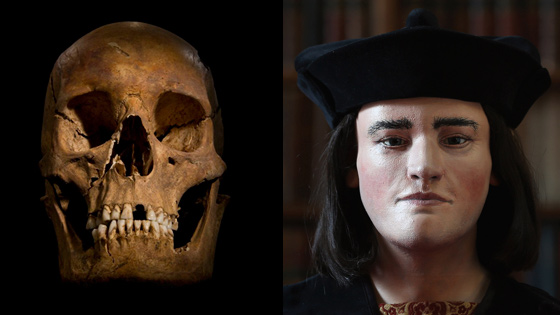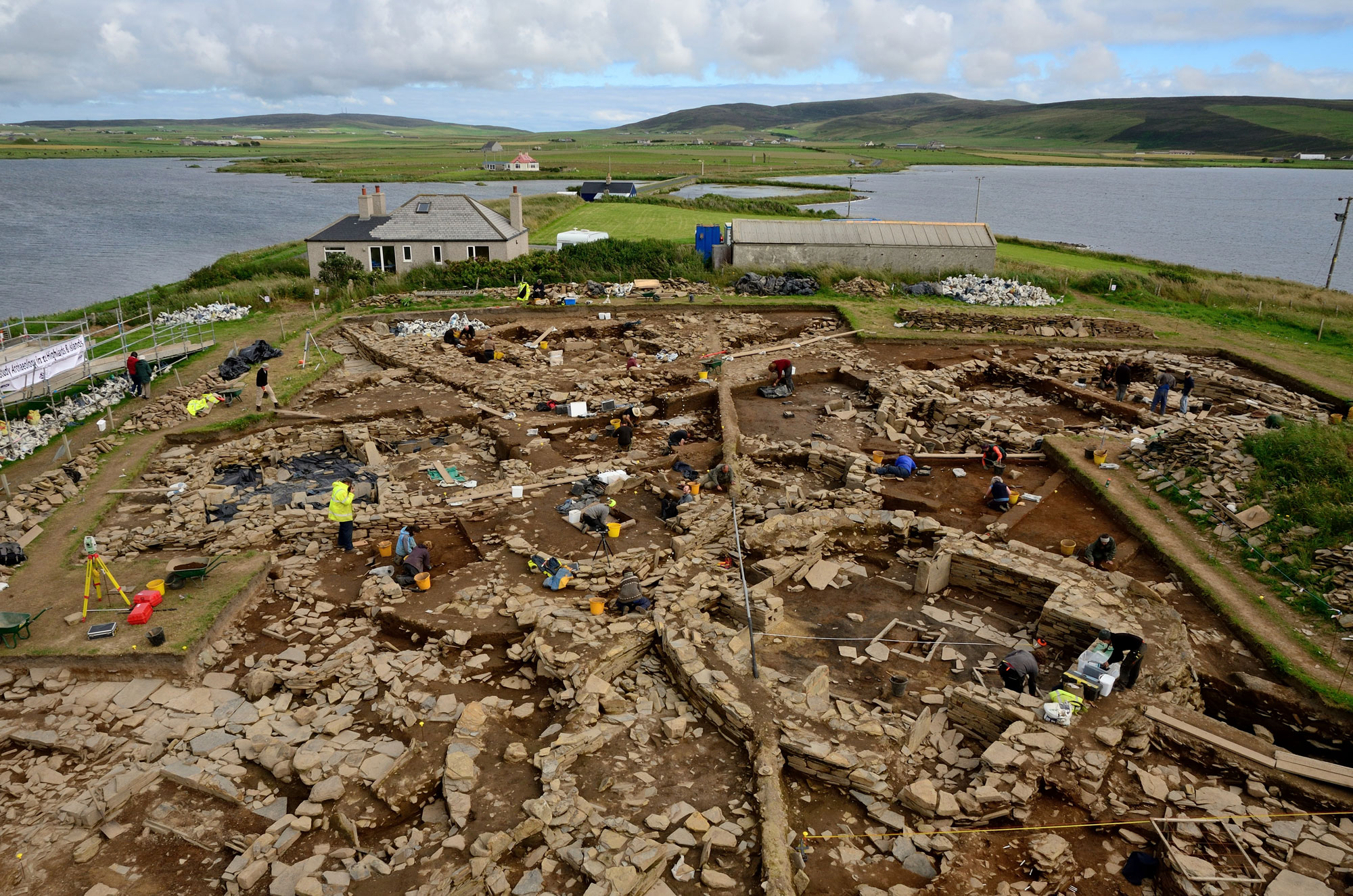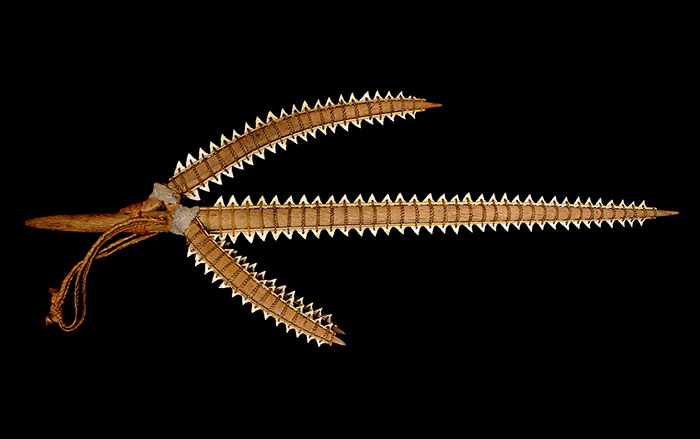
LONDON, ENGLAND—Thanks to University of Leicester archaeologists, the final resting place of Richard III will not be a parking lot. But the question of where the House of York's last king should be reburied is now consuming politicians representing regions historically associated with the monarch. The terms of the original excavation permit give the University of Leicester team the responsibility of deciding where the bones are reburied, and Leicester Cathedral seems to be their choice. An online petition favoring reburial in Leicester, where the king was killed in the 1485 battle of Bosworth Field, has drawn more than 7,500 signatures. But some 25,000 have signed a dueling petition calling for re-interring the bones in York Minster. "The call is strong from the great county of Yorkshire that Richard III did want to be buried where he was loved," said minister Julian Sturdy, who represents a York constituency. "That was the key thing. He was loved and supported in the great county of Yorkshire." The House of Commons is scheduled to hold a debate on the issue today.









